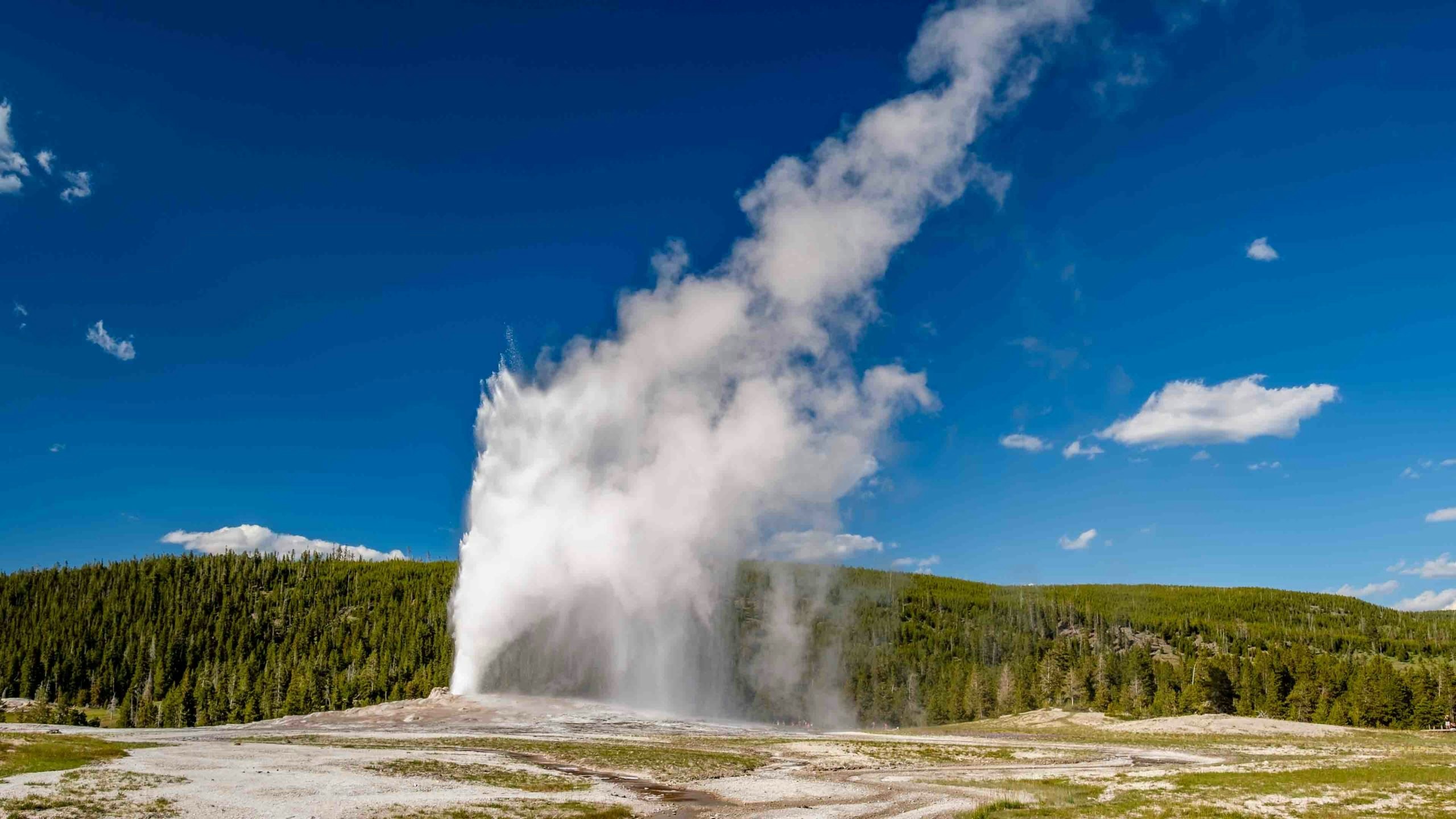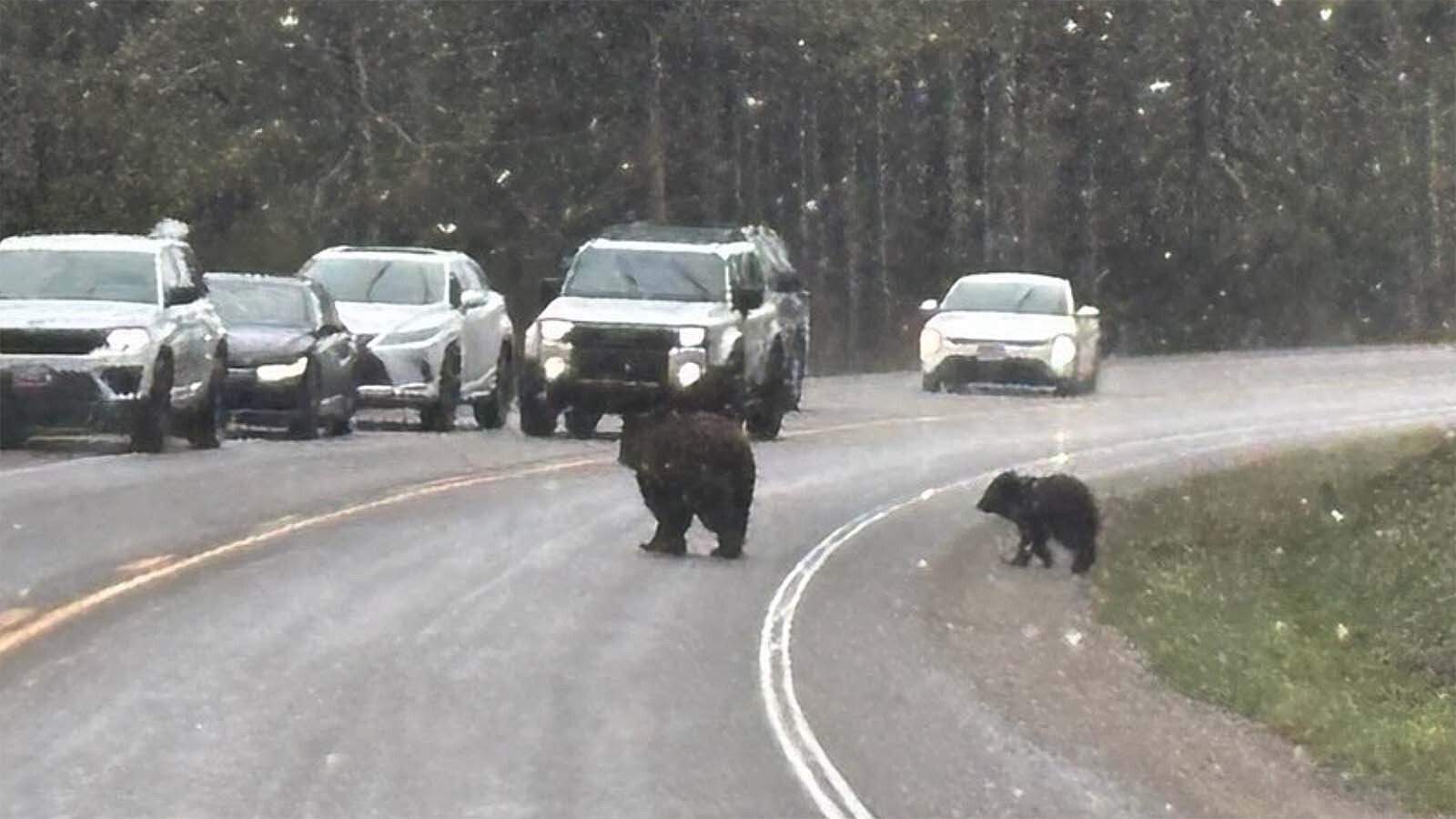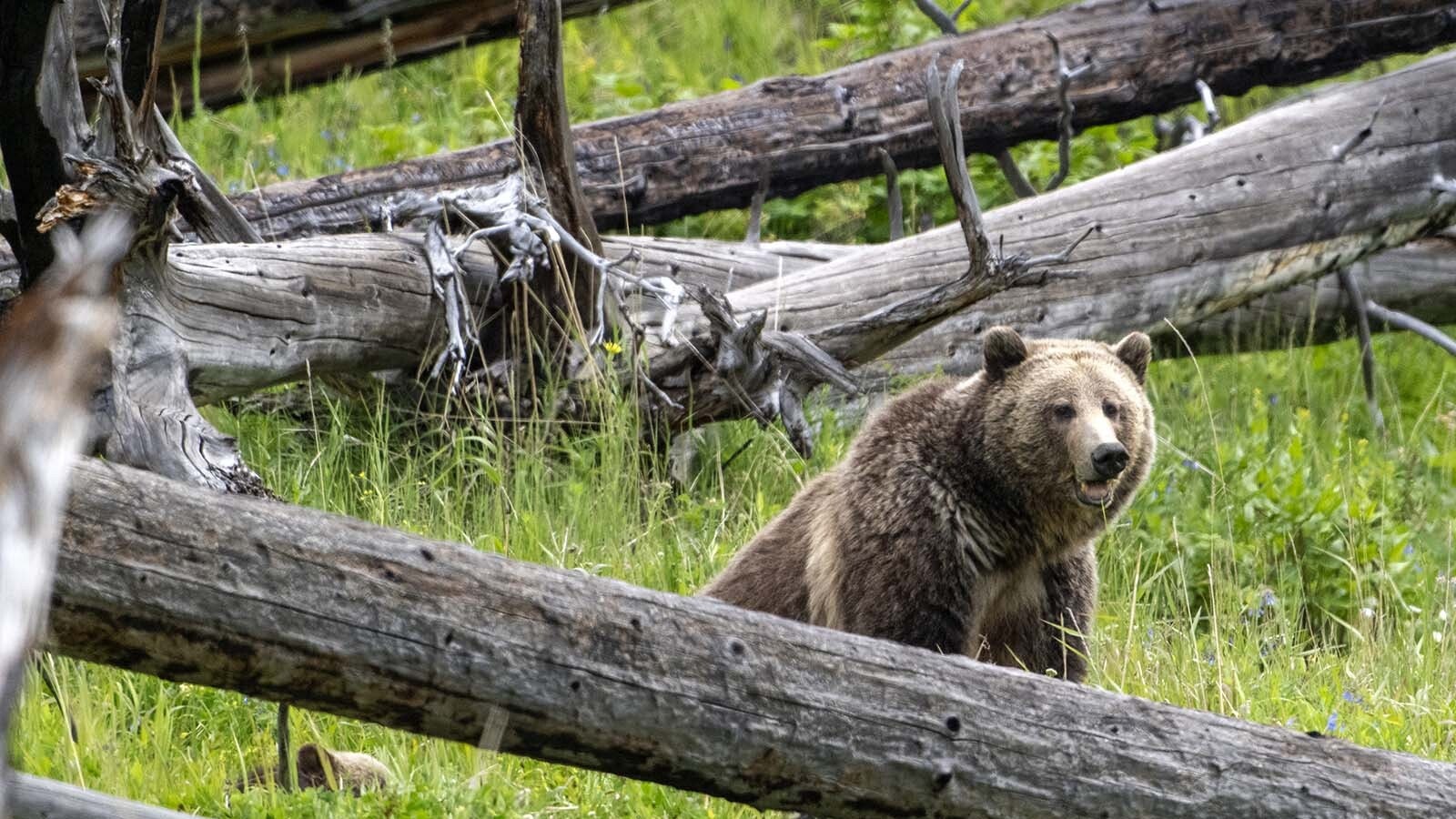Recent extreme weather — along with alarming projections by some scientists — have some people wondering about the future of the Old Faithful geyser in Yellowstone National Park.
But don’t worry overly about the future of the park’s most iconic landmark — experts in the weather and geysers say the threat is small.
Searing hot temperatures in the West have raised questions about the regularity of Old Faithful.
An assessment of the climate in the Greater Yellowstone Area released in June inferred that by the year 2100, Old Faithful could go dry.
Bryan Shuman, a geology professor at the University of Wyoming, said research conducted by the park, the University of Montana, the UW and others indicates that the average snowfall in the Yellowstone area has decreased by 2 inches per year since 1950 and in that same time period, the average temperature has increased by 2 degrees.
The report also predicted a worst-case scenario of a 10-degree average temperature increase in the area by 2100.
Another report released in October found that a severe drought in the 13th century that lasted dozens of years reduced the amount of water sinking into the ground to supply the geyser, causing it to dry up.
Some researchers believe that if the climate assessment’s worst-case scenario occurs, Old Faithful could dry up again.
But an expert on the Yellowstone waterworks disagrees.
Bob Smith is a distinguished professor emeritus of geology and geophysics through the University of Utah in Salt Lake City who has studied the geology of Yellowstone since the mid-1950s.
Smith said it would take hundreds of years of drought to alter Old Faithful’s water supply.
“In the extreme case, you could argue that it could in fact die off. But this takes hundreds of years, thousands of years,” Smith said. “In one of these extreme long periods of drought, that could certainly change the level of Old Faithful.”
But that possibility assumes the worst-case scenario outlined in the climate assessment.
The scenario was one of four future greenhouse gas emission scenarios, known as Representative Concentration Pathways included in the climate assessment.
But the projected 10-degree increase in temperatures is unlikely, according to meteorologist Don Day.
The projection is an extreme vision, Day said, which doesn’t take into account steps already being taken by world leaders to mitigate carbon emissions.
“People need to understand that these are projections, and understand that there is more than just one scenario of how the Earth’s temperatures are going to change over the next 100 years,” he said.
Day emphasized that the rising temperatures that have been experienced recently aren’t necessarily cataclysmic, noting the term “record high” doesn’t mean all that much in terms of global history.
“Remember, we do not have long historical weather records in this country — really, the world doesn’t in terms of calibrated thermometers and people measuring things,” he said. “Wyoming’s a great example. We may, in a few locations in Wyoming, have 100 years of data. And we don’t know, in that 100 years of data, if that thermometer was placed correctly, if it was done correctly to get the most scientific accurate reading.”
Day also explained that from a historical perspective, the Earth has been slowly warming for the last 11,000 years.
“We are in an interglacial period of history,” he said. “The last glacial period was about 11,000 or 12,000 years ago, and the Earth’s been getting warmer for the last 11,000 years. From an Earth cycle standpoint we should all be thanking our lucky stars we’re in an interglacial time, because Wyoming 12,000 years ago was a very harsh, cold environment. Nothing like nothing like it is now.”
Smith pointed out that surface temperature has very little to do with the underground waterworks of Yellowstone, which are more complex than most people realize.
“A lot of people think that this reservoir is just 100% hot water,” Smith said. “But it’s not – it’s highly fractured rock, and the hydrothermal system reservoir Old Faithful covers, it covers all the way from the Old Faithful Inn up to a kilometer in diameter. So there’s this volume of highly fractured wet rock and hot water and steam that’s a kilometer wide, and it’s only a few hundred meters deep.
“And so this body of hot water and steam gets replenished, rather continuously, and essentially it exceeds itself every 90 minutes,” he continued. “And every 90 minutes, the tea pot goes off. And while you can stop the heat in a teapot by taking it off the stove, you can’t take Old Faithful’s reservoir off of the stove, right? It’s going to be continuously replenished. And the timing is simply the amount of how long it takes to refill this highly fractured rock.”
Which means that rising air temperatures only have a small effect on a thermal feature like Old Faithful.
“One of the issues is, the surface meteorology only extends this effect down to about 10 to 15 feet,” Smith notes. “That winter-summer temperature change has a very, very shallow effect, it’s a skin effect. So beneath that you’re dealing with the actual magmatic system and the hydrothermal reservoir. So the surface air has little or nothing to do with the periodicity or the effects of Old Faithful.”





